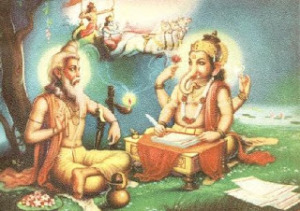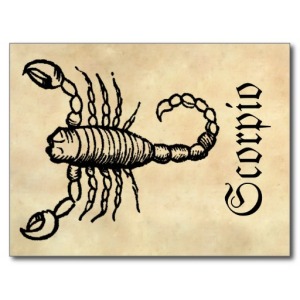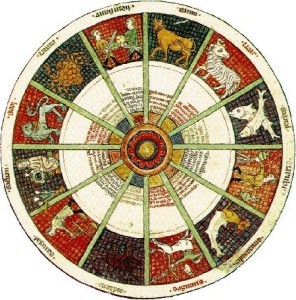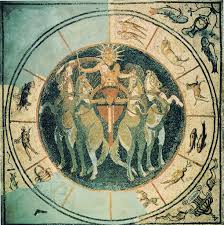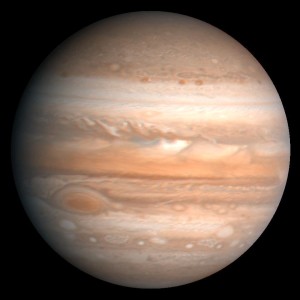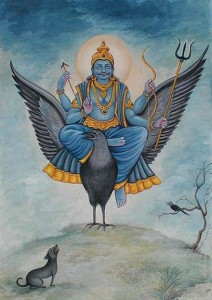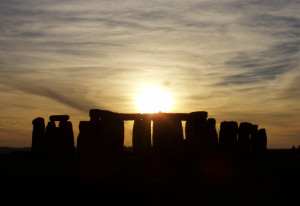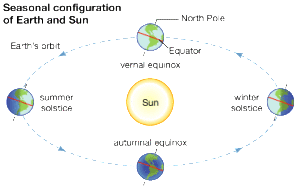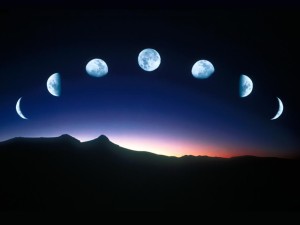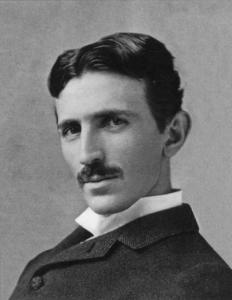
“Within a few years a simple and inexpensive device, readily carried about, will enable one on land or sea, to hear the principle news, to hear a speech, a lecture, a song or play of a musical instrument, conveyed from any other region of the globe. ” Nikola Tesla, 1856-1943
Nikola Tesla is one of the most profoundly interesting, influential, and eccentric figures of the last two centuries. In the above quote he predicts the advent of smartphones. He did not just conceive the idea, he was the one to invent the technology. I was unable to find the year that he said this quote*, but we know he died in 1943. Take a moment to think about how significant that prediction is…. He invented pretty much everything that has made the modern world what it is today, including the alternating current, radio, X-ray technology, remote controls, electric motors, robotics, lasers *, wireless communication and even “limitless free energy”, according to this blog. We still dont have this last bit of technology, because Tesla was being funded by JP Morgan. When Morgan realized there was no money to be made off of giving free energy to everyone, he stopped funding Tesla along with making sure that he would never have enough money to succeed in his altruistic goal of providing free energy to all. This is also part of why he was not as popular as other inventors, because he did not care to make money himself, and in a sense he was a threat to the fortunes of those who did care about money.
A man of such profound karmic impact as Nikola Tesla should logically be expected to have a unique birth chart to match, and its true, though this writing will only scratch the surface…There is so much noteworthy information to share about this man that it will take more than one blog post… In this article, for the sake of brevity, I will focus on just a few unique characteristics this man had, and how they related to the karmas indicated in his natal chart. If you aren’t familiar with his contributions and eccentricities you may want to watch a documentary on him, or read up on him here, to get the full appreciation.
Nikola Tesla does not have an exact birth time, but it is said that he was born at the stroke of midnight on July 9/10 1856 in the Austrian Empire (modern day Croatia). He was born in the middle of a lightning storm as well, and as the story goes, midway through the birth, the midwife wrung her hands and declared the lightning to be a bad omen, saying the baby would be a child of darkness. Tesla’s mother responded saying “No. He will be a child of light”….The mothers instinct again proved correct, as it usually does, in that he did go on to be the foremost master of light and its manipulation and application. He invented fluorescent lighbulbs and also made the more practical technology for electricity, the alternating current, which we still use today.
Tesla’s Natal Chart – As it happened, right around midnight on the 9th/10th of July 1856 the sign of Aries was just about to end and the sign of Taurus was just about to rise. At exact midnight, Taurus was rising at 1 or 2 degrees. We know that the exact time of midnight may have been difficult to discern exactly back in an Austrian countryside in 1856, and so we cannot be 100% sure what his actual lagna (the sanskrit word for the rising sign) was, Taurus, or Aries…. But as said earlier, a man of such pronounced karmas should have a noticeable birth chart…. When I looked at the two charts, (one as Aries lagna, one as Taurus lagna) it was very clear that he must have been an Aries lagna.
To begin with, Aries is the sign of ideas, and the initial spark of existence. It is the sign of pioneers and heroic acts, as a Ram is born to climb anything in its path. Aries is the sign of “active fire”, which is electricity. (The other two fire signs are Leo, the fixed fire, and Sagittarius, the dual fire, which has both fixed and active qualities. Aries is perhaps the most appropriate sign for pioneering fire or electricity at this fundamental symbolic level) Aries is a sign ruled by Mars, the fire element, and fire is the same as electricity and light in the context of elements. Also, on the elemental level, fire has to do with intelligence, and cognition, and how well we think. We know he had a lot of karma involving thinking, conceiving, light, electricity, and pioneering the applications of electricity, all of which are Mars related activities. Also Rahu and Jupiter are in his first house as an Aries lagna, and Rahu makes one a pioneer in their field, as well as sometimes making one a bit of an outcast to society (sometimes because they are too ahead of their time). So that is two marks for a pioneer as an Aries lagna. These qualities strongly marked his path in life, along with a not so mature but still positive idealism (Jupiter with Rahu in okay dignity). Jupiter is also the lord of the fire sign of Sagittarius, another sign that can relate to electricity and lightning. Jupiters placement here in Aries with Rahu also shows that his path was that of pioneering knowledge and wisdom more than a more classically physical Aries type of path. Mars ruled people are not always soldiers or police officers. Mars can also give one a career in surgery, or science, engineering, electricity, as well as mining and work dealing with the minerals of the Earth, to name a few examples.
If he were a Taurus lagna, his ruling planet would be Venus, which does have to do with making life more enjoyable for everyone, but does not have any strong fundamental association with fire, electricity, inventing, pioneering or being a scientist. Also his Venus falls in the 3rd house (which does fit him in some ways) but is strongly starved by Saturn, Sun and Moon. This means Venus is afflicted in every possible way in the context of Lajjitaadi Avasthas. Such an afflicted benefic as the ruling planet in the 3rd would indicate very weak willpower and wanting to have things done for oneself too much and throughout life…. This is not the case, as he had an incredibly strong willpower. It also does not fit his sharp and exacting personality as much as the Aries lagna.
Tesla’s celibacy- Nikola Tesla never married and was celibate. As an Aries lagna, we can see that his ruling planet is Mars. Mars is a planet that is said to be “Brahmachari”, meaning one who is celibate and does not marry, so as to fully pursue their goals and focus that they have in this lifetime. (note: One could be brahmachari for many reasons, not just the traditional reason of expediting one’s spiritual progression. A person could choose a celibate lifestyle just because they prefer the freedom it affords them to continue doing other things they are drawn to.) This was the case with Nikola Tesla, as he was strongly sought after by women while he lived in the west, but never engaged in a single sexual relationship (according to him) and preferred to be celibate. That is not very common. We can see this shown in his chart by the placement of his ruling planet Mars. Mars falls in Libra in the seventh house, and is in a temporary friend dignity because of Venus being four houses away. Mars is with Ketu and the waxing Moon, a benefic and a friend to Mars. Ketu can show where we have a strong karmic foundation in past lives, and here it shows that there is already a lot of karmic development in respect to relationships. There is also attachment (shown by the Moon here also) as well as frustrations (Mars) being shown. So he is not going to find as much happiness in the area of relationships as a whole in this incarnation, due to having already exhausted those karmas in recent previous lives. Rahu represents the area of life we are destined to develop in this incarnation. In Tesla’s chart it is in the opposite sign, Aries, his first house, putting the spotlight on himself. Rahu in Aries in the first house also speaks to a life of self development, and Tesla was an incredibly disciplined person. Rahu is with Jupiter, showing that in this life he is wanting to develop faith in himself and all of his amazing ideas and noble endeavors, rather than focus on his enjoyment of life or relationships. But as is often times the case with those planets that are connected to Rahu, many of the Jupiterian goals he had were never realized, such as providing free energy to the entire world. He did do many great deeds for the world as a whole, though. Aries is also a sign that is fundamentally about being pure and virtuous, (Mars rules our Sattvam, our strength of character as well) which is why the most pure planet, the Sun, is exalted there. Another interesting thing about his apparent celibacy is that he directly attributed it to his amazing intellectual abilities, which is a viewpoint also held by most Yogis. As one example, he had the ability to visualize every invention in his mind down to the final stage. Due to this uncanny skill, each of his inventions was said by his assistants to have been made correctly the first time, never needing to be revised, and never even leaving a blueprint behind!
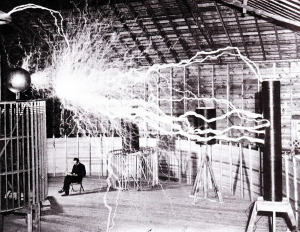
Another unique thing about his ruling planet Mars being with Ketu and The Moon in the seventh is that this means Mars is “delighted” (mudita, in sanskrit) by the Moon. The Moon is the ego mind, and when Mars is delighted by the Moon then one has a consciousness that can more easily act on the desires that are specific to it’s particular incarnation. This also just empowers Mars overall, which is his ruling planet. The moon helping his lagna lord is showing that he has a lot of consciousness to work with. We know this was the case with his extreme productivity, and his ability to only sleep 2 hours a night and an occasional nap. Mars is also a planet that when strong, gives one the drive to stay awake all night working, to go hungry all day, or to do whatever it takes to get the job done. Mars is described in Brihat Parashara Hora Shastra as “Cruel with red eyes…” As Ernst Wilhelm has explained, we get red eyes when we have been up all night working and not sleeping, and this is the nature of mars, to keep pushing all through the night if he has to.
Life in the public eye- His lagna lord being in the seventh house and seventh sign is significant to his path in life for many reasons. To begin with, he was known to the public, and in the eye of the public. The seventh house is the house of the public as well as a house of foreign lands, and relationships. Having the ascendant lord in the seventh house in good dignity often causes one to live in foreign lands or to be involved in the public in some way. Libra represents the western direction, where his ascendant lord falls, representing him in action in life. He did have to travel west to America to leave his legacy for us all to enjoy. He was well liked by the public and had many worthwhile relationships with prominent figures such as Mark Twain, Swami Vivekananda, and Rudyard Kipling. Also it is interesting that his sexuality was known to the public, especially back in those days…..perhaps his ascendant lord being in the 7th house and 7th sign also had to do with his sexuality being known to the public. The 7th house also has to do with our dynasty that we leave for the world and public at large. In this way the 7th house has to do with the Saptamsha, the 7th divisional chart, which relates to children, the main dynasty that most people will leave for the world. Jupiter is the key karaka for the Saptamsha, as this planet also relates to children and the dynasty that we leave for the world. There is a strong double reinforcement in his chart on dealing with leaving some kind of legacy to the world. One being the lagna lord in the 7th as previously mentioned. The other being Rahu conjunct Jupiter on the ascendant, showing the focus of his life to be on some kind of dynasty, child, or creation to leave for the world. His dynasty was much greater than one child. (Perhaps he knew this and it was also a reason for his celibacy, as he was very clairvoyant.) His child is every single light bulb, every single smartphone, every single i-pad or ebook. His dynasty is this entire modern world we are living in.
to be continued in part 2….
*There is actually evidence he was not the first human to have laser technology, see the book Ancient Secrets of the Lost Ark by Laurence Gardner, which gives evidence that ancient Egyptians may have used rubies to create lasers from the Sun’s light, which possibly may explain how they were able to cut certain stone materials, but does not explain all of Egypt’s mysteries by any means.
